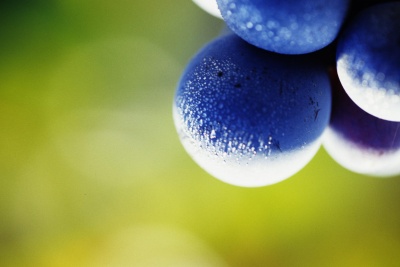The terroir
The terroir
In the Corbières mountain range, wine is about tradition, passion and high standards. Probably the only type of farming suited to this arid region, wine growing dates back to the 2nd century BC.
Located in the heart of Languedoc-Roussillon, in the Aude department between Narbonne and Carcassonne, the Corbières enjoy ideal conditions for creating a superb location for growing wine: the dry, sunny and hot Mediterranean climate promotes long growing seasons for vines whilst the North-West winds that blow all year round remove the need for unnecessary spraying. Promoted to appellation status (AOC) in 1985, Corbières is an extremely colourful wine region.
The December 27, 1985 decree defining production rules for Corbières controlled appellation wines establishes a list of permitted grape varieties. Carignan, Syrah, Grenache noir, Lladoner pelut, Mourvèdre, Picquepoul noir, Cinsault and Terret noir.
The varietal range safeguards the typicity of Corbières wines with a maximum 50% Carignan forming the backbone of the blend. The other grape varieties are there to promote quality and complexity in fine Corbières wines.
-For the whites:
Bourboulenc – known in the Corbières as Malvoisie – Grenache blanc, Maccabeu, Clairette, Muscat (10% maximum), Piquepoul, Terret blanc, Marsanne, Roussanne and Rolle or Vermentino.

Over the past fifteen years or so, vineyard replantings and selections along with cutting edge technology have enabled wine growers to fine-tune the quality of their wines. The Corbières appellation is currently the largest by volume in Languedoc and the fourth largest in France. The region, which is geared entirely to wine growing, has always reconciled a taste for authentic wine with its entrepreneurial spirit. This driving force encapsulates the Corbières and has prompted its wine growers to adopt an innovative concept of communication focusing on the appellation and its growing techniques.
